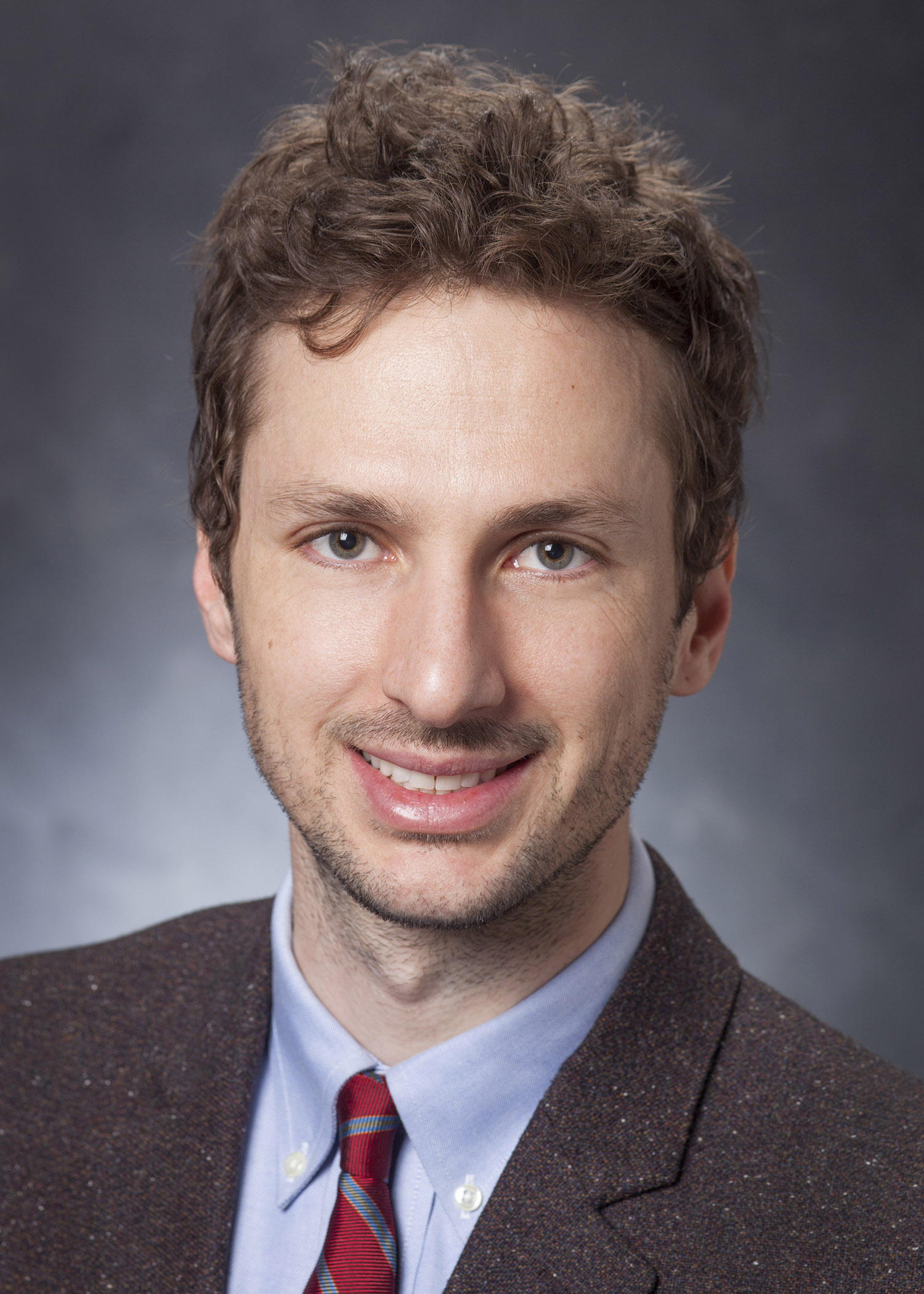Athens, Ga. – The University of Georgia’s Luke Mortensen holds up an X-ray image showing an infant’s hand, but without bones. The next image is a child’s chest, revealing no ribs. The images represent what parents might see if they have a child suffering from hypophosphatasia. Mortensen, an assistant professor in the Regenerative Bioscience Center, will research therapies to grow these missing bones.
This rare disease, known by the abbreviation HPP, can have devastating and life-threatening consequences on the children represented by these images. Stillbirth is not uncommon and long-term survival is rare.
Mortensen will use funding from the Maher Family Grant from Soft Bones Inc.—a company founded by Deborah Nettune Sittig, whose child was diagnosed with HPP at 18 months—to research advances in cell therapy.
HPP is an inherited condition that affects healthy development of bones and teeth, making bones softer, less likely to develop and more likely to fracture. Present at a wide range of ages—from the perinatal and infant periods to juveniles and, in rare cases, adults—HPP is a congenital bone disease where a key bone enzyme is mutated, and bones don’t grow or mineralize properly.
Currently, there is no treatment for the disease. An enzyme therapy, announced just last month, is close to FDA approval. However, the enzyme drug requires multiple injections throughout a child’s growing years, and the long-term side effects are still unclear.
With Mortensen’s alternative therapy, the goal is one injection, after which the cells engraft and become part of the bone structure.
“There are certain enzyme therapies close to being commercialized that look very promising, and I think that is really great. However, I do think cell therapy has the potential to be a longer-term solution,” said Mortensen, who holds a joint appointment in the UGA College of Agricultural and Environmental Sciences and the College of Engineering.
Mortensen’s research proposes delivering bone-targeted mesenchymal stem cell therapy. Using animal modeling, Mortensen will design engineered mesenchymal stem cells with the assistance of laser microscope tracking to target therapeutic sites in the bone marrow. These newly transplanted stem cells will then conceivably reproduce new cells.
Stem cells can change their function depending on where they find themselves. Mortensen’s application differs from mesenchymal stem cell trials conducted in the past, which often failed, by investigating therapeutic cell homing sites within damaged bone.
A disease like HPP has significant potential, because the host cells are already damaged and are not functioning properly. So even with a small number of donor cells, the mineralization process has the potential to occur.
“You don’t need it to replace every single cell in the body; you just need enough to get it going,” said Mortensen.
Mesenchymal stem cell therapy for HPP has never been studied with an animal model, creating an opportunity for quickly moving a basic research study to a pre-clinical trial.
“The field of MSC therapy for congenital bone disease is somewhat limited, and we need to take the time to figure out what is exactly going on with these cells before we can find a way to improve the situation and make a real therapeutic difference,” Mortensen said.
Mortensen recently finished a postdoctoral fellowship at Harvard Medical School, where he developed a laser imaging technology that will allow the design of unique cell therapies for bone repair in disorders like HPP and osteogenesis imperfecta, genetic bone disorders that cause bones to break for no apparent cause.
Less than a year ago, he moved to Georgia, inspired by the chance to open a new lab focused on saving young lives and helping people to live longer, happier and healthier.
“I wanted to work toward something that can have an impact, and with HPP there is such a wide range of problems that patients can experience, yet so little research has been done,” Mortensen said. “There is a great deal of potential to positively change people’s lives with this project.”
Regenerative Bioscience Center
The Regenerative Bioscience Center at the University of Georgia links researchers and resources collaborating in a wide range of disciplines to develop new cures for the devastating diseases. With its potential restorative powers, regenerative medicine could offer new ways of treating diseases for which there are currently no treatments-including heart disease, Parkinson’s, Alzheimer’s and stroke. The RBC is a collaboration geared toward identifying regenerative solutions for numerous medical conditions that affect both animals and people. For more information, see www.rbc.uga.edu.


